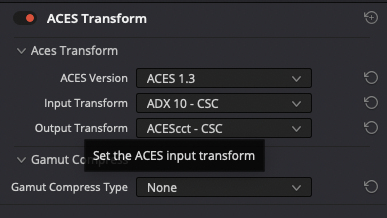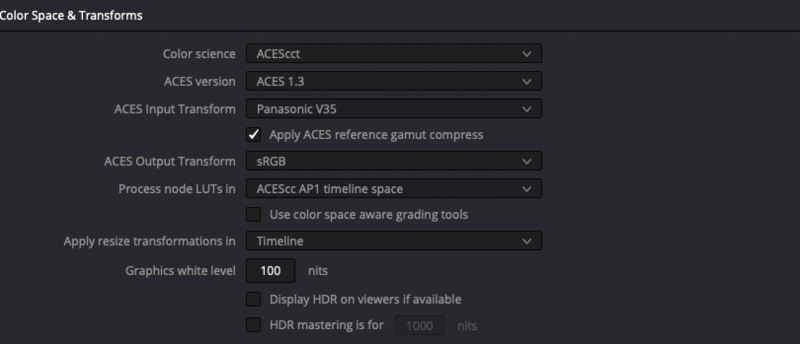
Ferid Hasbun
-
Posts
3 -
Joined
Content Type
Profiles
Case studies - Free
Case studies - Premium
Resources
Insider
Courses
Forums
Store
Course Comments posted by Ferid Hasbun
-
-
12 hours ago, Apichai Sutthichat said:
It could be the white point conversion at some point from the CST (which you could turn off, but this case should leave as default) I believed in ACES(the actual working space), it is D60 (regardless of the white point of selected ODT which conversion will apply at the end). So when using the CST, since Rec.709 uses D65, there will be a white point conversion applied automatically back and forth which everything should turn out fine if CSTs on both end are set correctly.
Then It could be a warmer white point from the Film Print LUT that you’re using (hence “D60” in the naming). Which I think is close to what the actual prints on the projection would give. For creative purpose you might want to go with the D65 version of the LUT if you want a cooler white.
Using a LUT this way. It is important that you’re aware that the result is based on the empirical data that’s derived from the LUT which the color volume of the resulting image will be limited to what the output color that LUT gives out. (This case Rec.709)
On the conversion, since the print LUT is expecting a film scan image, converting to “Rec.709/Cineon”should get you a better result.
But I would just ditch the CST and use the ACES transform OFX instead, converting from ACEScct to ADX10 then apply the LUT then another ACES transform converting the Rec.709 result back into ACEScct.
This should give a better match because it uses that appropriate math reversing the ACES RRT/ODT when converting back from Rec.709.
Man, thank you! I'm loving your suggestion of ditching the CST for the ACES transform and, yes, much better result! Now, since I'm working in sRGB, would you mind taking a look at my conversion with the following screen shots and confirming it's the right setting?
There is still a WB shift (no LUT applied), but I understand that's due to the white points as you mention.
Also thank you for pointing me to the new LUTs! I should check them out!
Appreciate you 🙏🏼 -
Hello everone!
I need some advice from the community on working with LUTs under an ACES workflow with Output Transform to sRGB. Attached a view of my project settings.
My work is for web and I know my camera already, so, I set the Input Transform and Output Transform in the project level. Considering my project settings, what's happening is that regardless of my settings in the CST node, there is a WB shift. As I understand, if done correctly, turning the CST nodes on and off should show no difference to the clip. Below my node structure and its settings:1) CST (Input Color Space & Input Gamma: Use Timeline / Output Color Space: Rec.709 / Output Gamma: Rec. 709)
2) Gamut Limiter (Limit Gamut to: Rec. 709)
3) LUT (Kodak 2383 D60)
4) CST (Input Color Space: Rec. 709 / Input Gamma: Rec. 709 / Output Color Space & Output Gamma: Use Timeline)
Could someone give me advice on how to use LUTs with an ACES workflow with Output Transform to sRGB correctly?
Appreciate your efforts and look forward to solving this.




Color Management Workflow in DaVinci Resolve 16
in legacy
Of course, forgot about the LUT outputting Rec. 709! Implemented your adjustment and, man, looks so much better than CST! THANK YOU!
I'm also gonna look into the LUTs you mentioned in your initial answer. Really excited about it now that I finally clarified my workflow.
Appreciate you 🙏🏼